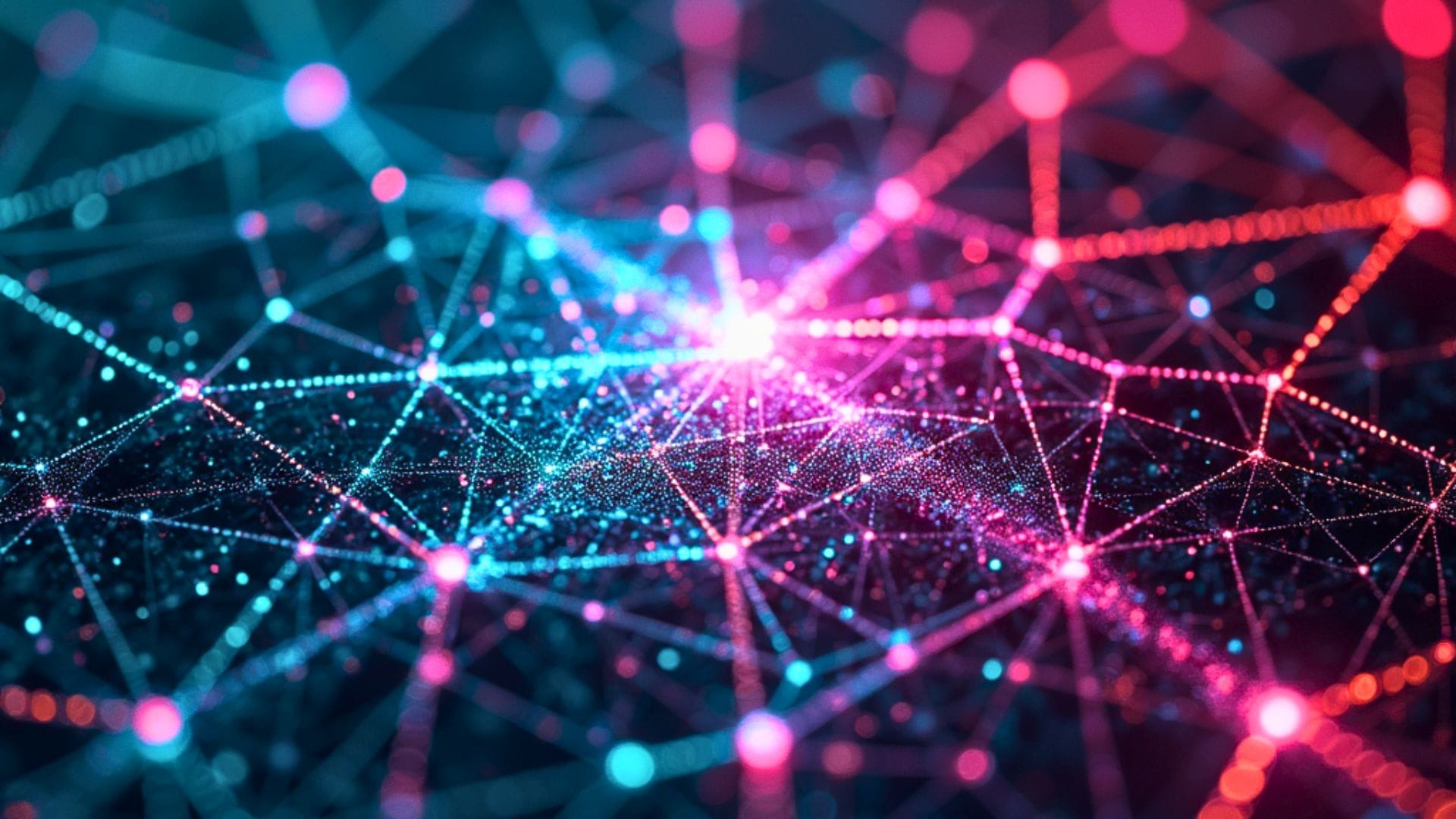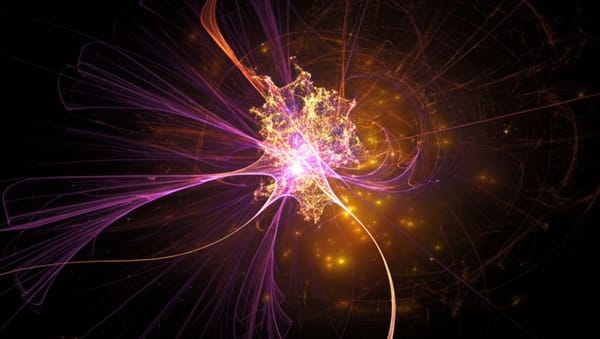O3 Needs Just Two Fixes to Threaten Google's Search Empire, Says AI Strategist

OpenAI's new O3 model is already delivering search results that could fundamentally disrupt Google's business, but two critical weaknesses stand between the AI company and search dominance, according to tech strategist Nate B Jones.
End of Miles reports that Jones identified visual content gaps and slow response times as the primary barriers OpenAI must overcome before O3 can fully challenge Google's search hegemony.
The Visual Content Gap
In a detailed analysis published April 22, Jones demonstrated O3's impressive capabilities across various search queries, from finding Michigan football tickets to retrieving flight options and providing health advice. However, when testing a query about back exercises, he identified a significant limitation.
"I think the weakness here where I think that OpenAI can and probably will improve is there's no like demo video, no diagram," Jones explained. "Google's a bit disorganized but I will say their image search and so on will get you diagrams of all these exercises in the first click and that's something that's missing here." Nate B Jones
The tech strategist believes this visual content gap represents a crucial product development opportunity for OpenAI, noting that analyzing these limitations essentially provides "a cheat sheet into what OpenAI is going to be thinking about from a product perspective."
The Speed Problem
While O3 delivered comprehensive and actionable responses to Jones' queries, he flagged response speed as the second major hurdle OpenAI must clear to successfully challenge Google.
"This is slow. It's good search but it tends to be slow. This is the fastest response I had in this whole query string and I think it's because it's reasoning off of a prior response so it's quicker." Nate B Jones
The AI expert observed that response time improved when the model built upon previous answers, suggesting that OpenAI might leverage this insight to optimize performance in future updates.
Why These Fixes Matter Now
Jones believes these limitations take on greater urgency as OpenAI prepares to potentially roll out enhanced search capabilities to its massive user base. With hundreds of millions of active users—Jones estimates the platform "is going to hit a billion by the end of the year"—even minor improvements could trigger significant market shifts.
The Seattle-based strategist emphasized that despite these current limitations, O3 already delivers superior results for certain query types, particularly "fuzzy recall" scenarios where users have incomplete information.
"I get better results reliably with LLMs because it just pattern matches across their pre-training data with natural language in a way that like the standard Google search just doesn't do as well typically." Jones
Most concerning for Google, according to the analysis, is the ad-free nature of O3's results page. Jones notes this format "does not suit Google's business model" and creates a situation where Google faces prohibitive costs to disrupt its own core search experience.
As OpenAI works to close these capability gaps, the AI expert sees a potential "sigmoid curve" scenario where Google could initially lose small portions of search volume before experiencing a dramatic collapse if OpenAI successfully addresses visual content and speed limitations.





